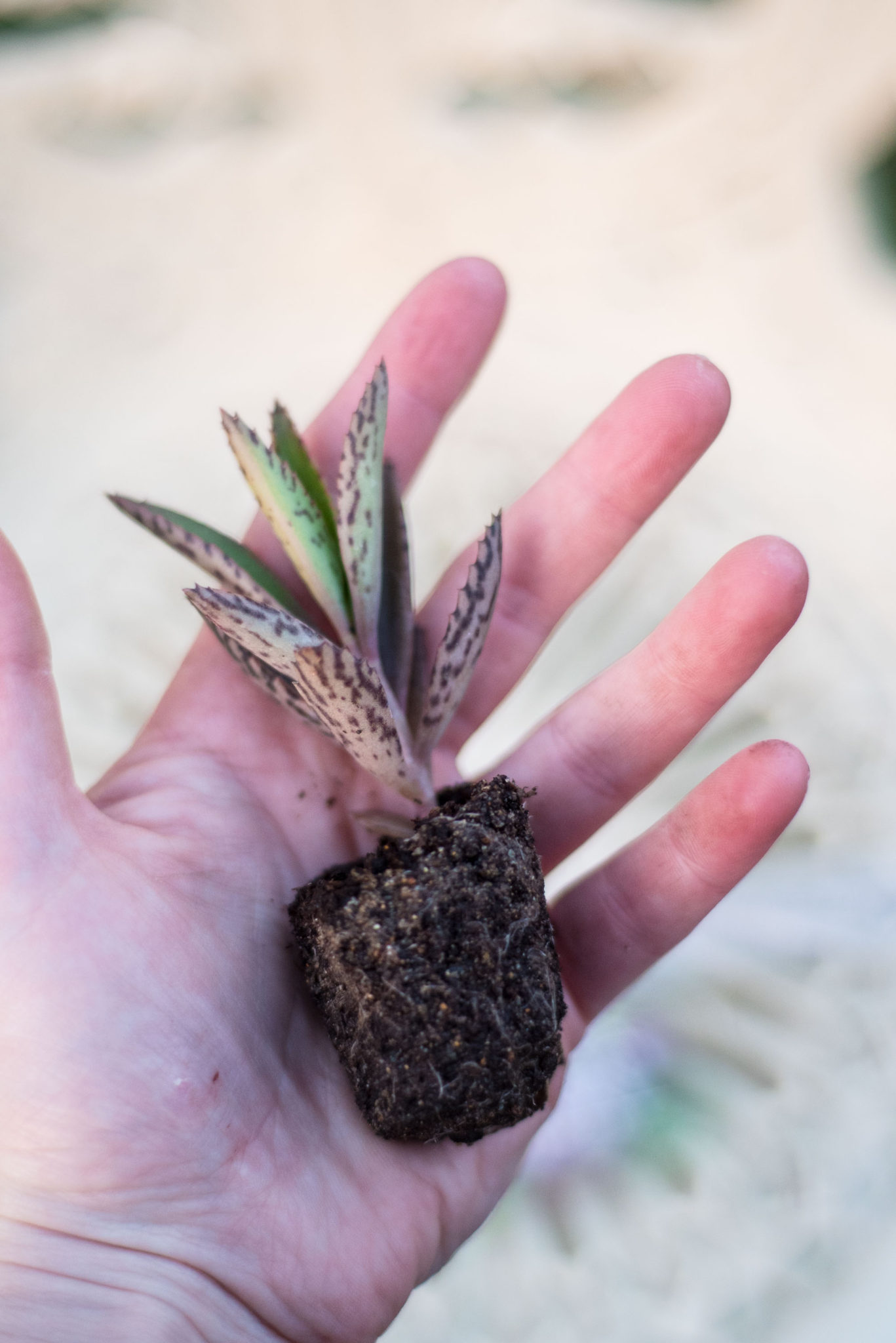


Our protagonist is a crass plant known as the devil's spider or backbone endemic to Madagascar, where it is in danger of extinction. Origin and characteristics of Kalanchoe daigremontiana 3 What uses is given to Kalanchoe daigremontiana?.1 Origin and characteristics of the Kalanchoe daigremontiana.Poisonous to Humans: Poison Severity: Low Poison Symptoms: Vomiting, diarrhea, abnormal heart rhythm (rare).


DEVILS BACKBONE PLANT KALANCHOE FULL
Cultural Conditions: Light: Full sun (6 or more hours of direct sunlight a day) Partial Shade (Direct sunlight only part of the day, 2-6 hours) Soil Texture: High Organic Matter Soil Drainage: Good Drainage Occasionally Dry Very Dry USDA Plant Hardiness Zone: 10a, 10b, 11a, 11b, 12a, 12b.Whole Plant Traits: Plant Type: Herbaceous Perennial Houseplant Perennial Succulent Woody Plant Leaf Characteristics: Broadleaf Evergreen Habit/Form: Erect Maintenance: Low Medium.Attributes: Genus: Kalanchoe Family: Crassulaceae Life Cycle: Perennial Country Or Region Of Origin: Africa, Asia.Tags: #purple #evergreen #showy flowers #full sun tolerant #houseplant #drought tolerant #succulent #purple flowers #pink flowers #red flowers #yellow flowers #orange flowers #interiorscape #herbaceous perennials #rock garden #fantz #dry soils tolerant #partial shade tolerant #problem for cats #problem for dogs #tropical feel #container plant #hsc #hsc-s #perennial Profile Video: See this plant in the following landscape: Cultivars / Varieties: VIDEO Created by Laura Barth for " Houseplants, Succulents, and Cacti", a plant identification course offered in partnership with Longwood Gardens. Mealy bugs, aphids and brown scale are the most common insect pests Insects, Diseases, and Other Plant Problems: Root rot can occur with overwatering. Powdery mildew can occur. Flowers are salverform, have 4 petals, and are in cymes to umbels.Leaves are succulent, flattened, and toothed.blossfeldiana has glossy green, oblong-ovate leaves with showy clusters or red, orange, pink, or yellow flowers. tomentosa, related to Kalanchoe, has oblong, fuzzy, silver leaves tipped in red-brown and rarely yellow-green flowers. This plant has pest and disease problems. Being a succulent, they tolerate drought well once established. They are also grown as a specialty desert-type plant and for temporary color. They can be planted in a container that is brought in over the winter. Outside of the tropics, this plant prefers interior sites with high light, dry soil, and low relative humidity. Some species of Kalanchoe are viviparous and produce plantlets at leaf edges. Toothed succulent leaves, thick branched stems, and cymose inflorescences are key ID features. It is prized for its long-lasting colorful flowers and its interesting, succulent foliage. This plant can be grown as a shrub, herb, or climber. See below DescriptionĪ genus of tropical, perennial succulents native to Africa and Asia, with showy flowers in the Crassulaceae family. Phonetic Spelling kal-un-KOH-ee This plant has low severity poison characteristics.


 0 kommentar(er)
0 kommentar(er)
